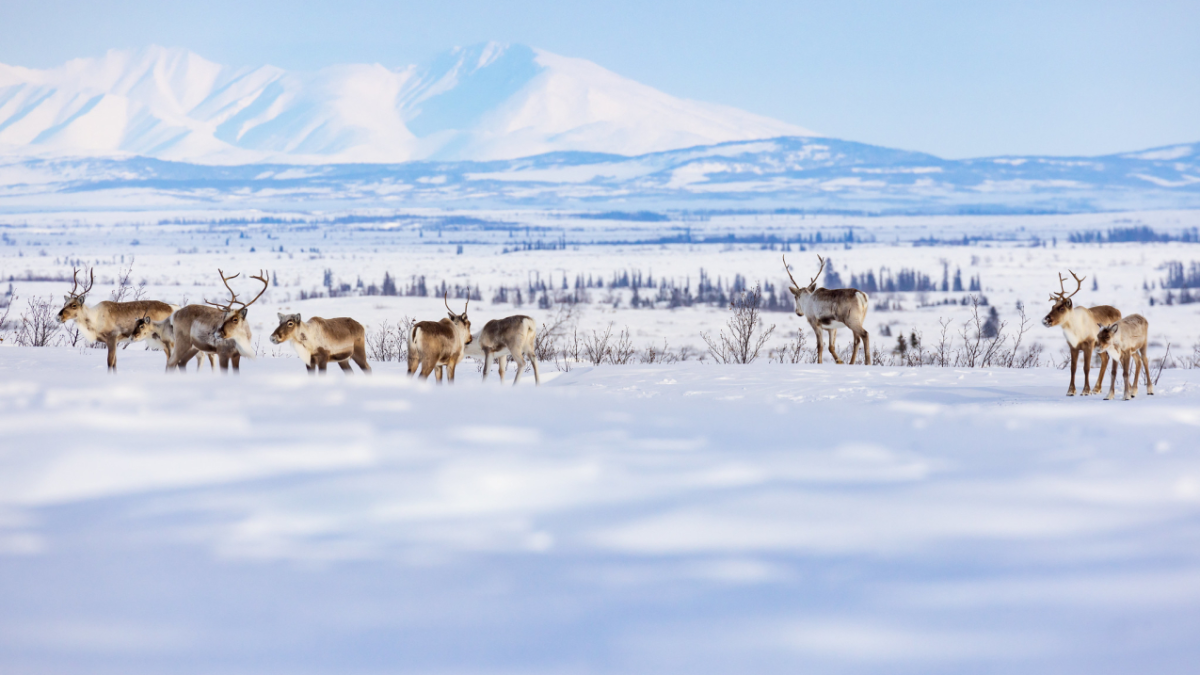For thousands of years, the Arctic tundra has stored carbon beneath its frozen surface. Now an unprecedented change is occuring: the Arctic tundra is now a source of planet-warming carbon emissions. Increased Arctic wildfires and hotter temperatures are causing this ecosystem shift.
This new transformation was reported in the National Oceanic and Atmospheric Administration (NOAA)’s annual Arctic Report Card. Released in early December, the report revealed that, for the 11th year in a row, the Arctic has been experiencing abnormally warm temperatures compared to the rest of the world’s ecosystems. This alarming news is a possible sign that soon many of the changes on biospheres caused by humans will be irreversible.
“This year’s report paints a clear and urgent picture of the Arctic’s evolving conditions,” stated NOAA Administrator Richard Spinrad. “We are seeing impacts of warming in real time in the Arctic, and it’s a call to action.”
For millennia, the tundra functioned as a carbon sink. A carbon sink is anything in abiotic nature, such as oceans, forests, and the soil, that absorb more carbon than they release. The carbon cycle—a flow of releasing and absorbing elemental carbon—depends on carbon sources and carbon sinks to maintain its balance. Shrubs, lichens and mosses of the Arctic tundra have stored carbon for thousands of years in their tissues. As these plants die, permafrost—sediment that has continuously remained under 32°F—stores the released carbon in its icy soil. However, last year witnessed the second highest permafrost temperatures the Arctic has ever seen. As high temperatures melt the frozen soil, microscopic organisms in the sediment begin to devour the carbon typically locked away by plants and soil. After their feast, the microbes release harmful heat-trapping gases like methane and carbon dioxide into the atmosphere. The carbon that used to remain in the icy ground is now being emitted into the atmosphere. This change disrupts the delicate carbon cycle the tundra has maintained for so long.
Unusual heat isn’t the only factor causing dramatic Arctic change; wildfires are playing a crucial role as well. In recent decades, wildfires in the Arctic tundra and boreal forests have become more frequent. These destructive wildfires add carbon to the atmosphere while additionally thawing the permafrost. As it thaws, the permafrost releases gases that trap heat in the atmosphere, also known as greenhouse gases.
Since 2003, scientists report that Arctic wildfires have released 207 millimeter tons of carbon per year. This number is equivalent to the gases released by 200 coal power plants, and doesn’t factor in the carbon released by melting permafrost. Permafrost is estimated to store 1,700 billion metric tons of carbon, which is 50 times more than all the carbon that was released as global emissions in 2019, and more carbon than all the trees in the world hold. With the possibility of enormous amounts of carbon emitting into the atmosphere, the Arctic tundra could become a leading source of global greenhouse gas emissions.
The Arctic Report Card illuminates changes in the Arctic ecosystem and its impact on local inhabitants, as well as American residents thousands of miles away. For example, Arctic wildlife can be negatively affected by Arctic warming. According to the report, inland caribou populations have lost important food sources and declined by 65% since the last two-three decades. Overall, the report states that the Arctic is becoming greener, with more rain and less snow and ice. The Arctic’s current transformation can also negatively impact Americans, as melting Arctic ice raises sea levels and wildfires send smoke to inhabited regions. Additionally, as permafrost thaws and soil collapses, inhabitants of the Arctic are threatened when local infrastructure and buildings are structurally compromised.
Many scientists have developed projects to help mitigate climate change in the Arctic and perverse its ecosystem stability. Projects include the development of Arctic renewable energy sources, the monitoring of ice melt, and the establishment of Arctic marine protected areas. “The Arctic today looks really different than the Arctic of a couple of decades ago,” said Twila Moon, deputy lead scientist at the National Snow and Ice Data Center in Boulder, Colorado, who served as the Arctic Report’s lead editor. Moon said, “We have to think differently about how much human release of heat-trapping gases we can have and still meet goals in regard to limiting our warming.”



